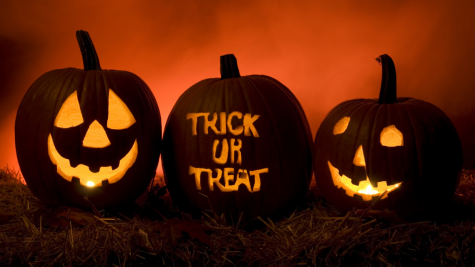The History of the Halloween Holiday

It’s that time of year again! Binge-watching spooky movies, eating your favorite candies, carving pumpkins, and planning costumes are just a few of the activities people tend to take part in during October while they wait for the most iconic holiday ever: Halloween.
Samhain
The way we celebrate Halloween today has been influenced by history. It all started more than 2,000 years ago. On October 31, people known as the Celts celebrated the end of the harvest season and the beginning of the cold winter in a festival known as Samhain. That same day was the Celtic New Year: a day when the ghosts of the dead walked the Earth. On this day, people would light bonfires and leave food and wine on their doorsteps to keep ghosts away. In fact, some of them would even wear costumes in order to be mistaken for fellow ghosts.
Connections to Catholicism
As Catholicism spread, new traditions were being celebrated. On November 1, people would honor and celebrate Saints on Hallowmas, now known as All Saints’ Day. The day before, October 31, was named All Hallows’ Eve while the day after was known as All Souls Day. These holidays were dedicated to the afterlife.
Souling and Guising
In medieval Britain, there were traditions of souling and guising on All Souls Day. Souling was when people in need would beg for pastries called soul cakes. In return, they’d pray for the dead relatives of others. Guising was when young people would dress up in costumes and visit the homes of others, receiving a variety of different offerings such as food and performances.
How the Great Famine Brought Halloween to America
During the great famine of the 1840s, many Irish people started migrating to America. With this migration of people, they brought along traditions. Some of these traditions were inspired by souling and guising. Children would play tricks on neighbors, such as removing their front gates, while wearing masks. People, tired of the vandalism, began bribing the children with treats. This is how trick-or-treating became a part of Halloween in America.
Present-Day
Nowadays, US consumers spend billions of dollars on Halloween costumes and candy annually. That makes Halloween the second most commercially popular holiday! Though it started out in religious forms, Halloween has become a holiday most families, particularly in the US, like to celebrate for the exciting spirit and thrill it brings.







